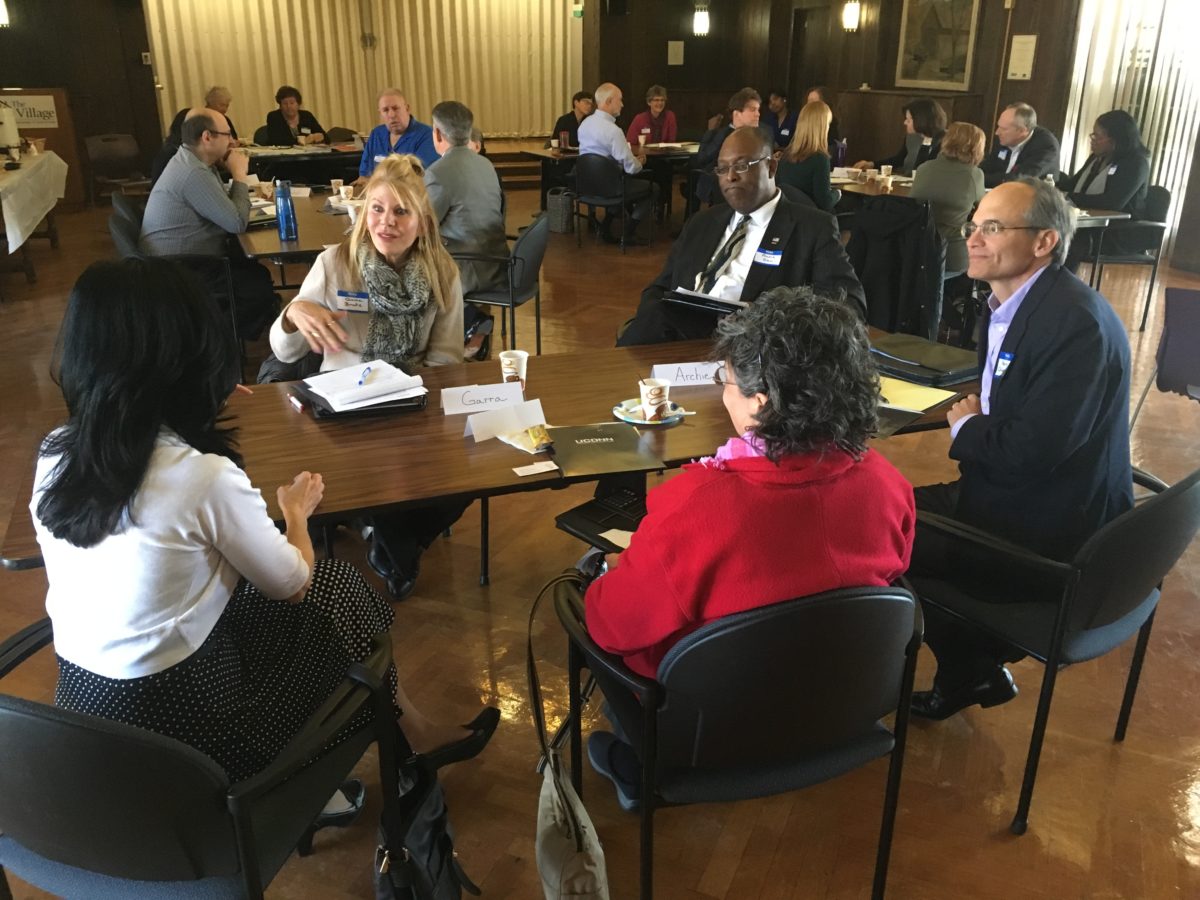AÂ 3-D printing initiative launched by SUNY New Paltz three years ago is positioning itself as a leader for manufacturing and technology in the Hudson Valley.
The Hudson Valley Advanced Manufacturing Center, launched in 2013, offers a collection of 3-D printing equipment, more than 40 machines in total, on the school”™s campus. The center offers expertise on 3-D processes, such as materials and designs, for both businesses in the Hudson Valley and students.
The lab recently received SMART Lab designation by Stratasys, a Minnesota-based manufacturer of 3-D printers. The lab is the first in the country to receive that designation.
But that wasn”™t even the first time the lab received a first-in-the-nation distinction. In February 2014, the school launched its Makerbot Innovation Center, a collaboration with the New York City-based Makerbot that started with 30 desktop 3-D printers. The lab was also the first of its kind in the nation.
The 11,000-square-foot center now carries 40 of the desktop MakerBot 3-D printers, plus five industrial-size machines. With a budget between $50,000 and $60,000 a year, the center has advised more than 100 businesses on 3-D printing.
A lot of that work is prototyping, according to Daniel Freedman, the director of HVAMC. By using 3-D printing to prototype a design, an entrepreneur or designer can save months in time and thousands of dollars during research and development, Freedman said.
“If a company can get a turnaround on a prototype in a couple days, instead of weeks, they can innovate that much faster,” Freedman said.
The center works with entrepreneurs, both in designing a prototype through computer-aided design software and deciding on the best material to use for the print. Depending on material and size, printing a prototype can cost as low as $3 to $4 or as much as thousands of dollars.
SUNY New Paltz is betting that the presence of a large 3-D printing center can help the area”™s economy grow, drawing a range of businesses.
“We think it can draw designers, artists to the region,” Freedman said. “We can offer some of the most advanced prototyping equipment in the world, and the expertise to run it.”
They”™re not the only believers. The Hudson Valley Economic Development Corp. launched the Hudson Valley 3D printing regional economic initiative in 2013, an industry cluster with SUNY New Paltz at the center.
“I don”™t know if people fully comprehend how advanced SUNY New Paltz is in comparison to the rest of the nation in one of the hottest technologies in the world,” said Laurence Gottlieb, president and CEO of the HVEDC.
Recognizing the school as a national leader in fine arts with a budding engineering program, the HVEDC helped lead the charge for the school”™s Hudson Valley Advanced Manufacturing Center. The center has drawn about $13 million in investment since its founding. It received $250,000 from Central Hudson Gas & Electric, $250,000 from the small-business investment fund Hudson River Ventures, $850,000 in state capital funding through state Sen. John Bonacic and $1 million through the Mid-Hudson Regional Economic Development Council consolidated funding process.
The biggest award for the center came from a $10 million SUNY 2020 grant to establish an engineering innovation hub. The hub will be 20,000 square feet, and is expected to create close to 200 jobs and generate $75 million in local economic impact.
The HVEDC views the 3-D printing initiative as a type of bottom-up economic development. Local high schools have launched programs geared toward engineering, local community colleges have aligned coursework with SUNY New Paltz and New Paltz can offer top-level access to 3-D printing education and equipment, Gottlieb said.
Graduates from the program are then able to pursue jobs in a fast-growing mechanical engineering field.
“What you have is the ultimate economic model, which is workforce development alignment between high school, community colleges and four-year institutions,” Gottlieb said.
SUNY New Paltz launched a mechanical engineering major in 2014, which now has 80 students, according to Freedman, who is also dean of the School of Science and Engineering. The school also offers a minor in digital design and fabrication, part of a partnership between the School of Fine and Performing Arts and the School of Science and Engineering
Once the new engineering hub is complete, Freedman said he”™d like to explore creating more final-use products through the lab. He cited Invisalign, the transparent alternative to standard metal braces, as an example of a product that wouldn”™t be possible without 3-D printing.
“We are always looking out for those uses where we can say ‘OK, here is where 3-D printing offers a great advantage over traditional fabrication methods,’” Freedman said.
While Freedman was hesitant to speculate on 3-D printing”™s future role in the global economy, he did say he believes it”™s unlikely to displace large scale manufacturing. Rather, he thinks it can help spur innovation across multiple industries.
“There”™s so many advantages that it”™s going to change something in this industry and then in this industry, and so on,” Freedman said. “So the impact in not enormous in any one place, but enormous if you look at how many different things you can use it for.”





















